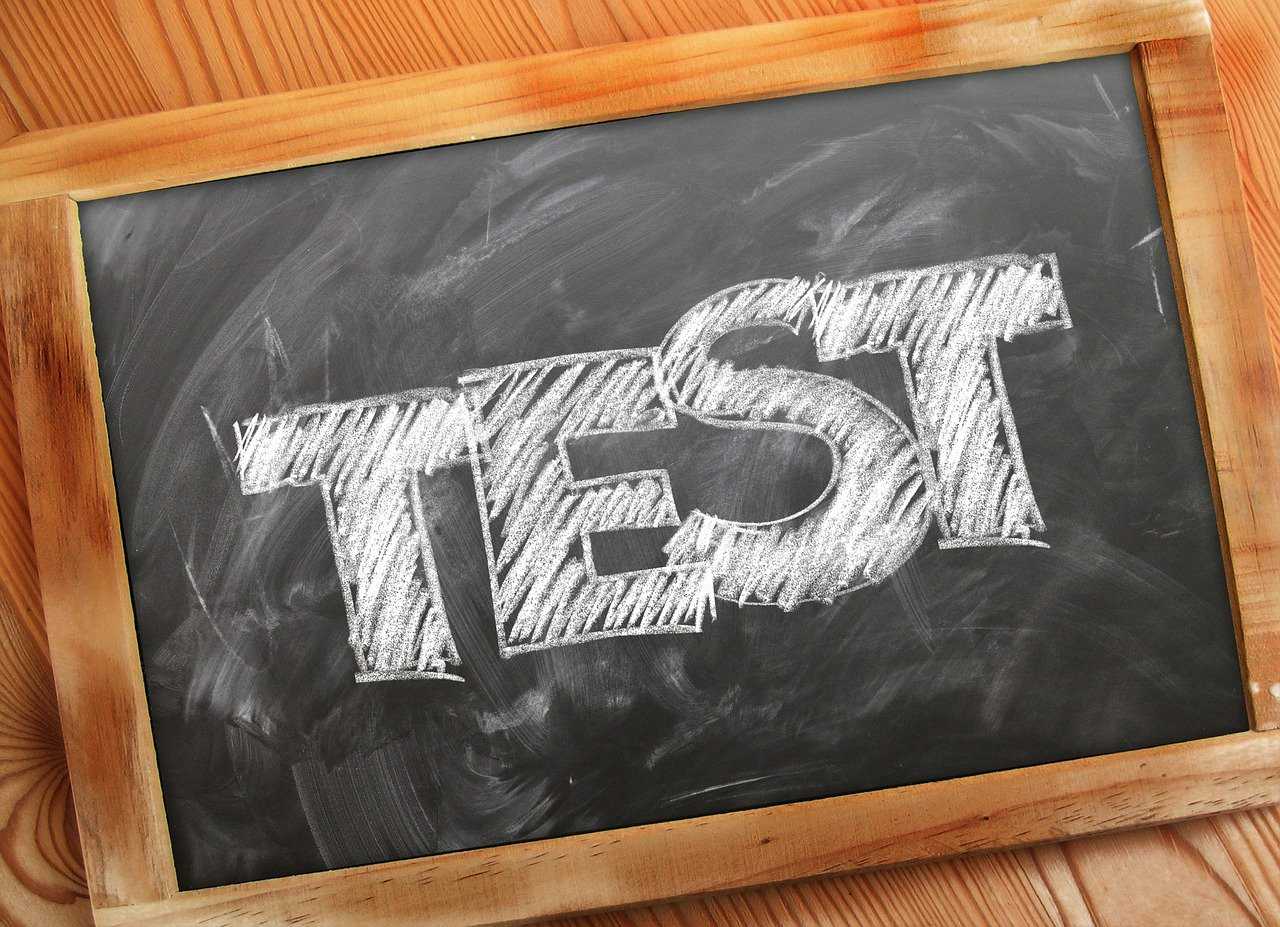This investments quiz aims to test your knowledge of the material covered in our free investments course. The quiz is a multiple-choice test. It consists of three sections:
Contents
The solutions are provided at the bottom of this page.
Section A: Return calculations
1. You buy a single share of a stock for $10. After three months, the stock pays a dividend of $2/share. After receiving the dividend, you sell the share for $11. What is your net return?
- A: 10%.
- B: 20%
- C: 30%
- D: 130%
2. Imagine that you bought a stock three years ago. Over this period, the annual returns of this stock were −20%, 30%, and 5%. What is the geometric average return?
- A: 2.98%
- B: 5.00%
- C: 11.43%
- D: 17.88%
3. An investment fund yielded annual returns of 8% and 12% over the past two years. What is the realized volatility (standard deviation) of the fund returns?
- A: 0.00%
- B: 0.08%
- C: 1.20%
- D: 2.83%
Section B: Portfolio theory
4. You are considering investing in a stock that will yield 12% per year in the good state of the economy and −3% per year in the bad state of the economy. If the probability of the good state is 60%, what is the expected return on this stock?
- A: 6%
- B: 7%
- C: 8%
- D: 9%
5. You decide to invest €4,000 in a stock and €1,000 in treasury bonds. If the expected return on the stock is 8% and the treasury bonds yield 2%, what is the expected return on your portfolio?
- A: 5.00%
- B: 6.80%
- C: 7.25%
- D: 7.50%
6. A portfolio’s risk depends on:
- A: The investment weights.
- B: The correlation between the returns of asset pairs.
- C: The variance of asset returns.
- D: All of the above.
7. Which of the following statements is correct?
- A: Systematic risk can be eliminated via portfolio diversification.
- B: Market portfolio is an equally-weighted portfolio of all risky assets.
- C: There are no portfolios above the efficient frontier.
- D: Portfolio risk depends only on the variances of assets in the portfolio.
Section C: CAPM and APT
8. What is the expected return on a stock if it has a beta of 0.4, the risk-free rate of return is 2%, and the market return is 5%?
- A: 4%
- B: 2%
- C: 5.6%
- D: 3.2%
9. Which of the following statements is incorrect?
- A: Arbitrage pricing theory accommodates multiple systematic risk factors.
- B: CAPM posits a linear relationship between an asset’s expected return and its beta.
- C: The slope of the security market line is equal to the beta.
- D: Factor betas capture an asset’s sensitivity to systematic risk factors.
10: Which of the following is not one of the factors of the Fama French 3-factor model?
- A: Market risk
- B: Momentum
- C: Size
- D: Value
End of the investments quiz.
Solutions
1: C. ($11 + $2 − $10) / $10 = 30%. Read more about net returns versus gross returns.
2: A. [(1 − 20%) * (1 + 30%) * (1 + 5%)]1/3 − 1 = 2.98%. See our post geometric average return calculations.
3: D. First, calculate the average return: (8% + 12%) / 2 = 10%. Then, the realized volatility is [ (8% − 10%)2 + (12% − 10%)2 ]1/2 = 2.83%. Check the lesson on return volatility for detailed explanations.
4: A. 60% * 12% + 40% * ( −3%) = 6%. Read more about expected return calculations.
5: B. ( €4,000 / €5,000 ) * 8% + ( €1,000 / €5,000 ) * 2% = 6.8%. You can find a more detailed explanation here: Portfolio return calculation.
6: D. Read our post on portfolio risk to learn more.
7: C. There are individual assets and portfolios below the efficient frontier but not above it. A is incorrect – it is the idiosyncratic risk that can be eliminated via diversification. B is incorrect since the market portfolio is a value-weighted portfolio. D is incorrect because portfolio risk depends on covariances as well as variances.
8: D. 2% + 0.4 * (5% − 2%) = 3.2%. Go to our post on the capital asset pricing model for details.
9: C. In fact, the slope of the security market line is equal to the market risk premium.
10: B. Fama-French 3-factor model contains market risk, size factor, and value factor. Factor models are covered in our post on the arbitrage pricing theory.

